Mango, also known as the king of fruit can be dated back to 5,000 years ago when it first grew in India. Besides having the most lush taste, the tree is also widely useful for its medicinal properties.
20 Fun and Informative Facts about Mangoes
1. Mango is a drupe
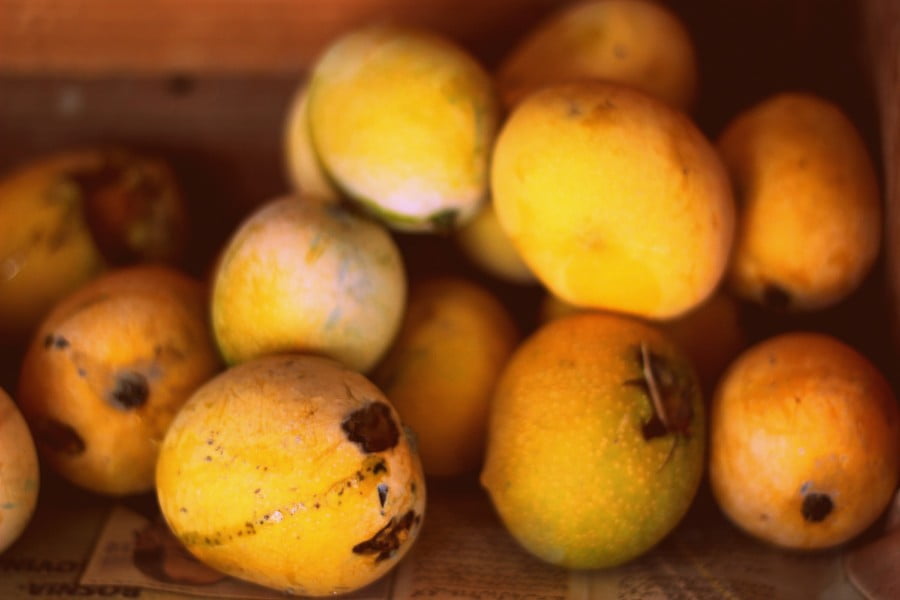
In terms of botany, a mango is a drupe, commonly known as a stone fruit like a plum or peach, consisting of an outer skin, a fleshy edible section, and a core stone enclosing a single seed. Olives, dates, cherries, cashews and pistachios are also drupes, making them distant relatives of the mango despite how nutty they seem.
2. Mangos were first grown in India over 5,000 years ago

The wild mango is believed to have its origins in the Indian and Burmese Himalayan foothills. Around 5,000 years ago, the fruit was initially cultivated in Southern India, Myanmar, and the Andaman Islands.
3. The name “mango” originated in India
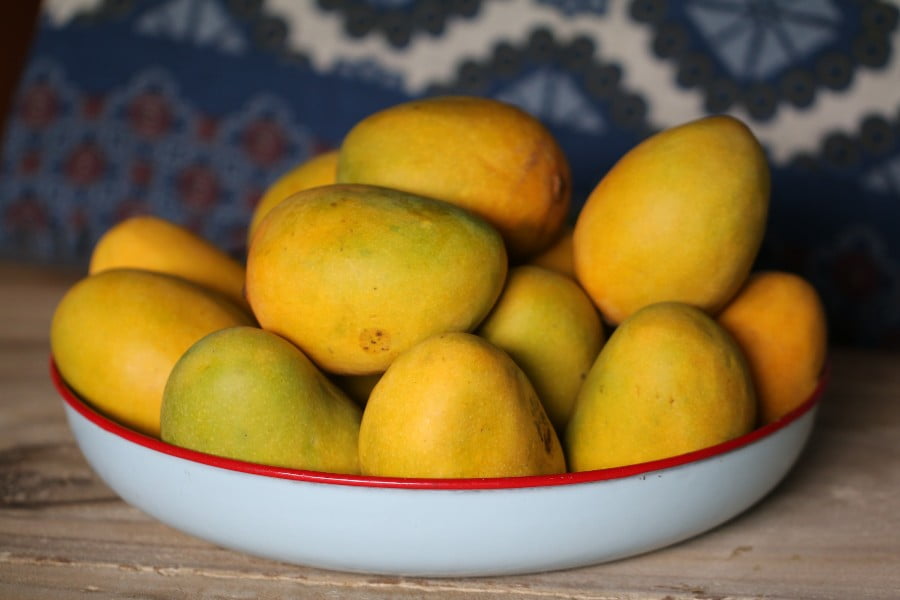
The Tamil word mankay or the Keralan word mangga are possibly the origins of the English word mango. Manga became the name when Portuguese traders arrived in Southern India. The word “mango” first appeared during the British era’s trade with South India in the 15th and 16th centuries.
4. Mangoes belong to genus Mangifera

Over 4000 years ago, Mangifera indica (MI), commonly referred to as mango or aam, was a significant herb in the Ayurvedic and traditional medical systems. In the flowering plant family Anacardiaceae, the genus Mangifera, which includes roughly 30 species of tropical fruiting trees, is where mangoes are found.
5. Mango seeds traveled to South America beginning around 300 or 400 A.D
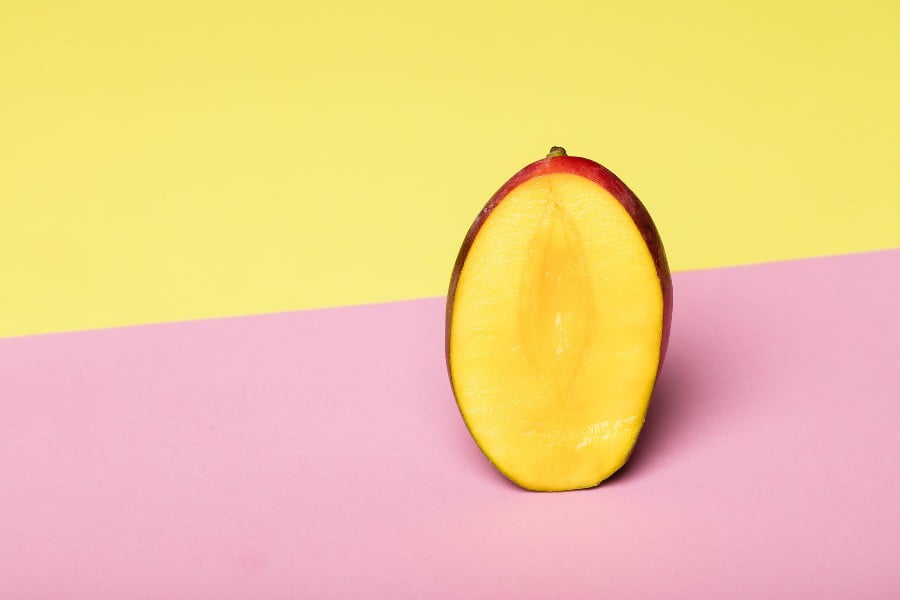
Beginning in the year 300 or 400 A.D., humans brought mango seeds from Asia to the Middle East, East Africa, and South America. Mangoes were first introduced to Mexico by Spanish explorers in the 1600s, and the U.S. first tried to import them in Florida in 1833.
6. The paisley pattern, developed in India, is based on the shape of a mango
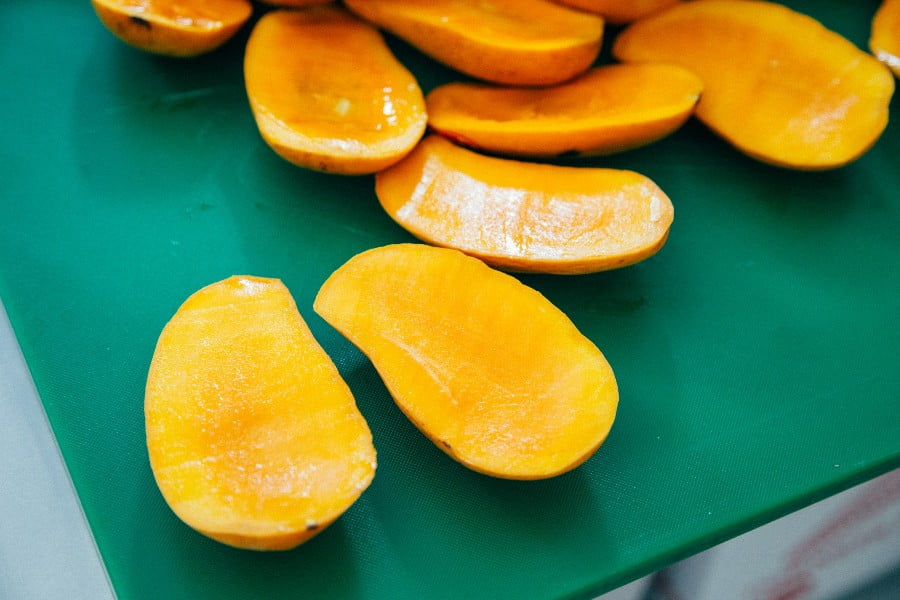
The pattern was created in India centuries ago and was inspired by the mango’s rounded, tapered shape. The name of the design is even called mango in several Indian languages. In Punjabi, paisley is referred to as an “ambi,” which is derived from the word “amb,” which means mango. In Pakistan, it is known as a “carrey” design, which means mango seed.
7. A basket of mangoes is considered a gesture of friendship in India
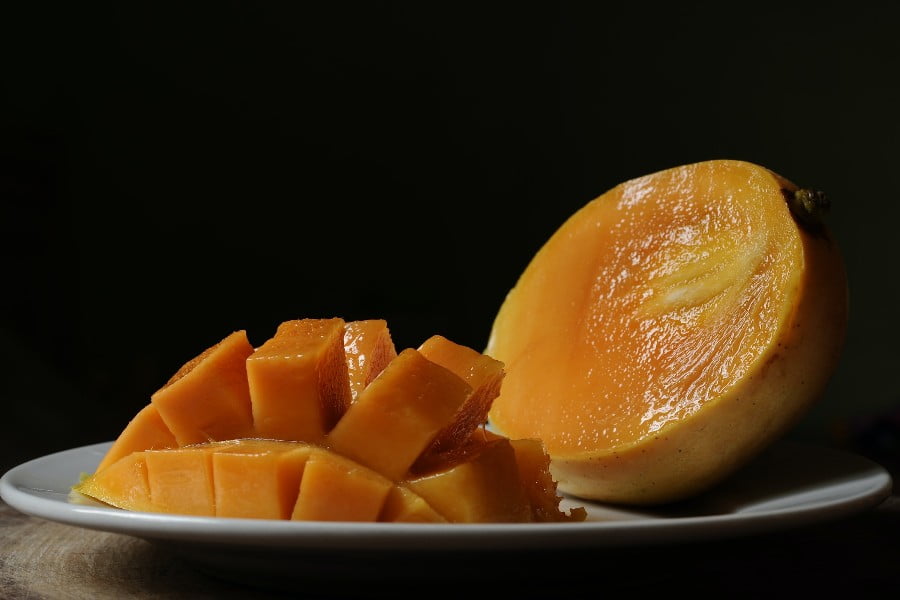
According to a Hindu myth, a sun princess was set ablaze by a wicked sorcerer. The Emperor fell in love with the mango flower and later its fruit when a mango tree sprung from the sun princess’s ashes, and as ripe mangoes dropped to the ground, the lovely sun princess reappeared. Since then, the mango has come to represent love, and in India, a basket of mangoes is seen as a sign of friendship.
8. The mango is a sacred tree for Buddhists

It is believed that Buddha meditated and rested among other monks in the serene serenity of rich mango groves. The mango tree is therefore revered as a holy tree by Buddhists.
9. Many parts of the mango tree are useful for medicinal purposes
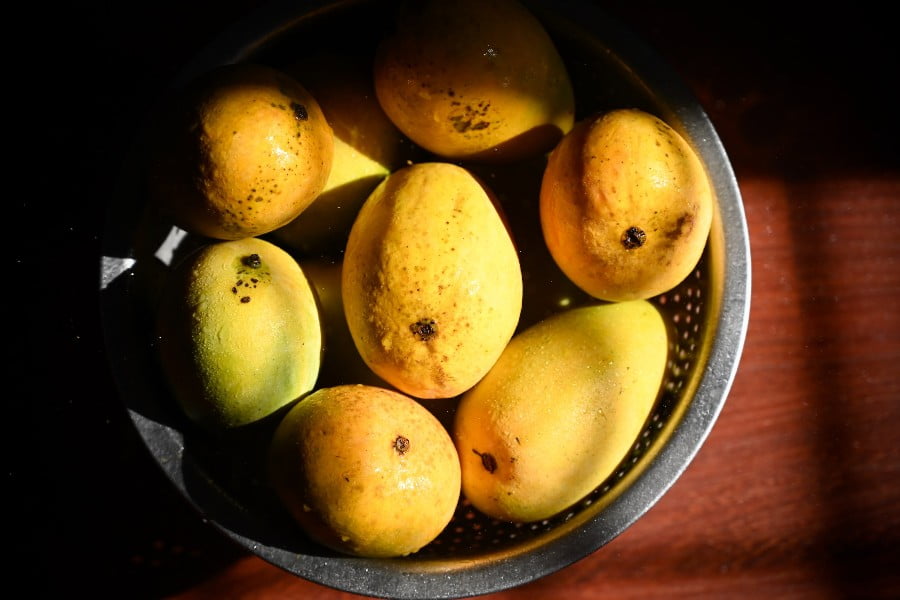
Mango fruit is said to be energising and refreshing. Its juice is used to treat heat stroke and functions as a restorative tonic. The seeds are used as an astringent and for treating asthma. For relief from hiccups and throat ailments, smoke from burning leaves is inhaled. The bark is said to have a tonic effect on mucous membranes, is astringent, and is used to treat rheumatism and diphtheria. The gum is helpful in treatments for scabies and chapped feet.
10. Mango trees can reach a height of 100 feet and have a canopy that is over 35 feet wide
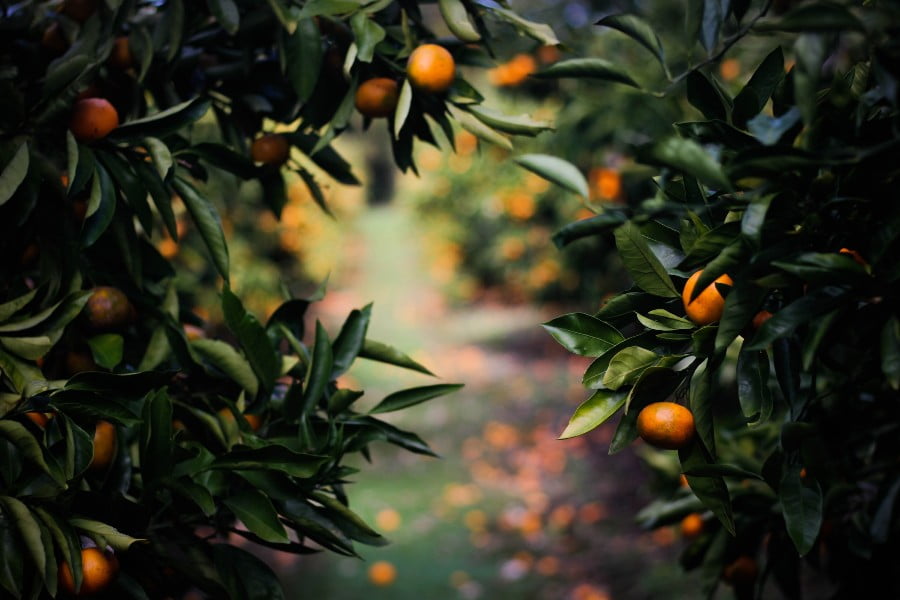
A sturdy trunk and a large canopy are features of mango trees, which are evergreen. Depending on the environment and soil quality, they can reach a height of 100 feet or more with a canopy that reaches at least 35 feet in height.
Read also – 21 Stunning Facts about Tigers
11. Their flowers are pollinated by insects
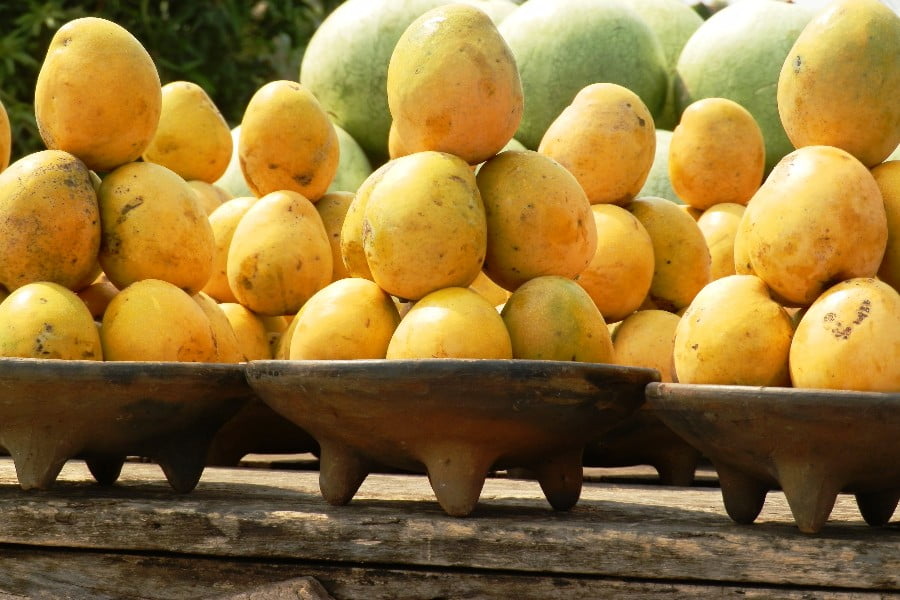
Various insects like wasps, ants, flies, butterflies, beetles, and bees are the main pollinators of mango blossoms and less than 1% of them mature to form a fruit.
12. Mangoes are imported into the UK from all over the world
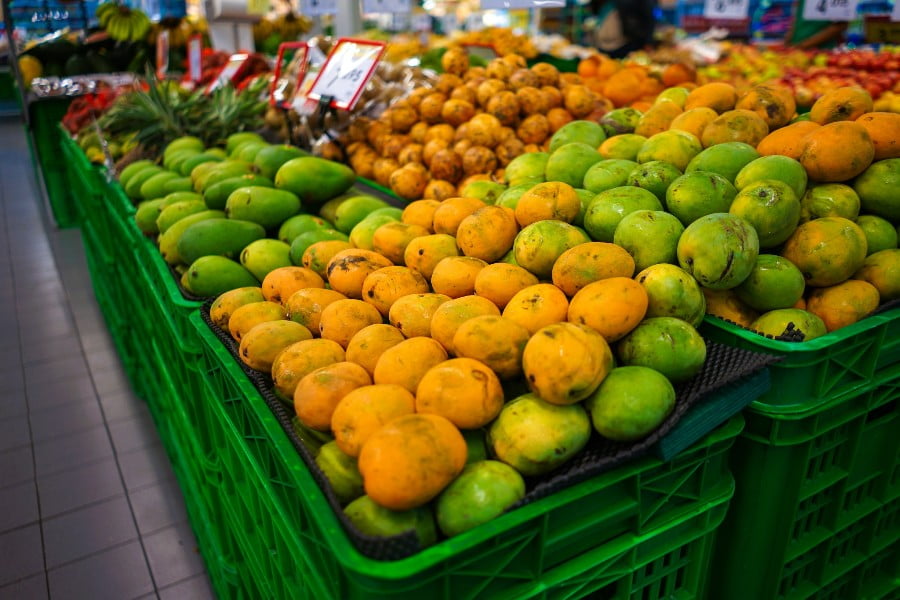
Mangoes are imported by UK shops from all over the world: early in the year from Peru, afterwards from west Africa, then in the third quarter from Israel and Egypt, and finally from Brazil.
13. There are over 500 varieties throughout the world
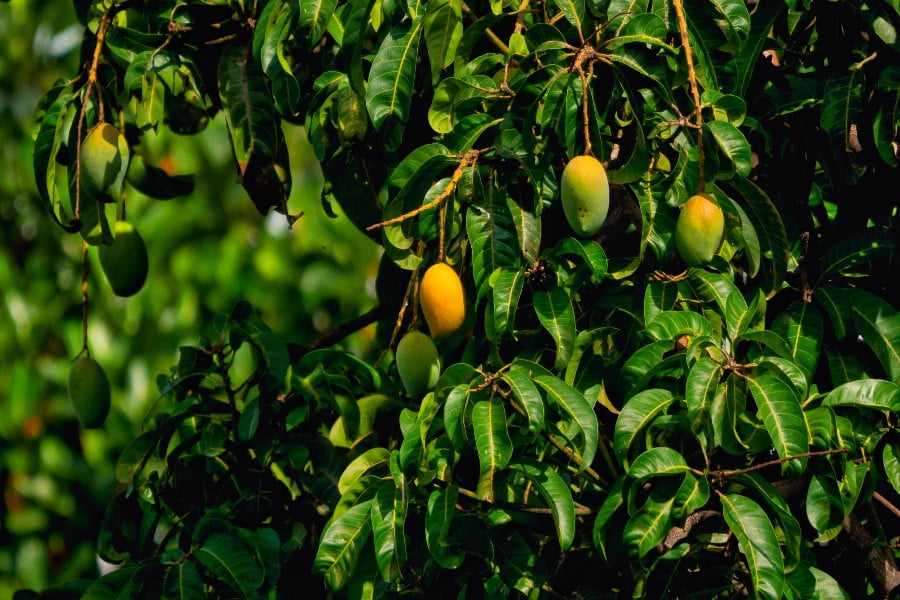
As varied as apples or plums are, so are mangoes. The Tommy Atkins, Haden, Kent, Keitt, Ataulfo, and Francis varieties are the most often purchased in the United States.
14. It is not just one country’s, but three nations’ national fruit

Mangoes are the national fruits of the Philippines, India, and Pakistan. It serves as Bangladesh’s national tree.
15. Mango production worldwide is above 43 million tonnes
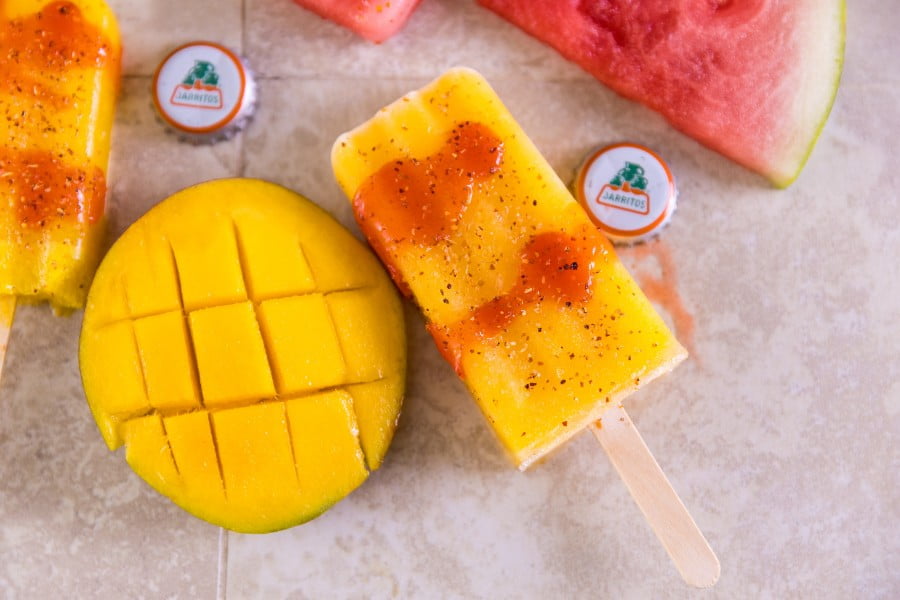
Nearly all of these are Tommy Atkins mangoes, a kind that grows quickly, has excellent size and colour, is resistant to many different forms of fungus, doesn’t bruise easily, and will stay for a long period on a supermarket shelf. Due to all of these qualities, it is suitable for international export. Unfortunately, it has a stringy texture and not much flavour.
16. Mangoes are quite healthy

Over twenty different vitamins and minerals can be found in mangoes. Around 60 mg of vitamin C are present in one cup of mango (the NHS states that adults from 19-64 years old need 40mg of vitamin C a day).
17. India is the largest mango producer in the world

Over 18 million tonnes of the fruit are produced in the South Asian nation, primarily for local consumption.
18. The oldest mango tree has existed for centuries

The oldest known mango tree is located in East Khandesh in Central India and is considered to be 300 years old. Remarkably, the old plant still bears fruit!
19. America first imported mangoes in the early 20th century
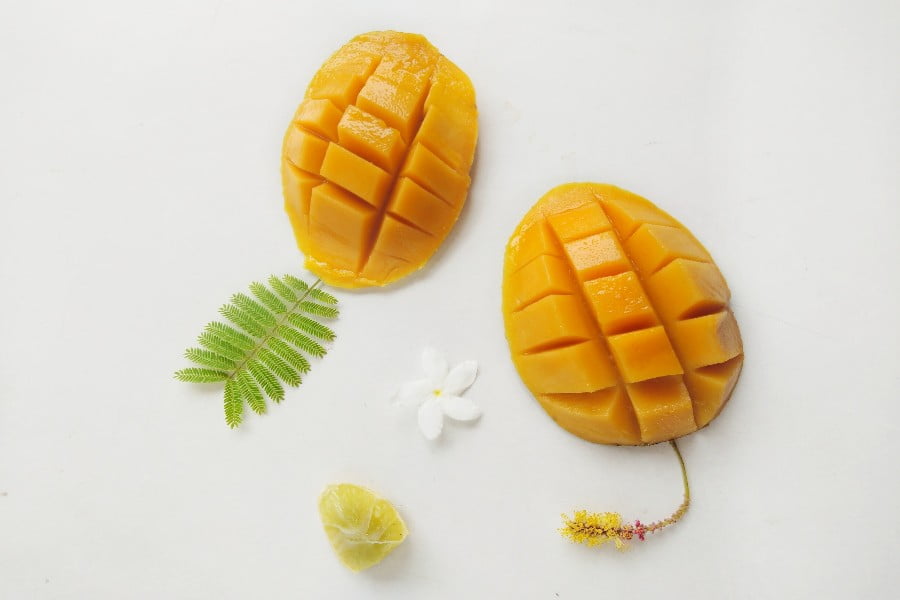
At the turn of the 20th century, David Fairchild, an agricultural explorer for the US government, was in India when he made the mango discovery. According to legend, he attempted to carry 1,000 mangoes back to his country, but the boat’s captain refused because they were too heavy. He found a solution by paying some neighbourhood kids to consume the entire fruit in a short period of time, leaving only the stones for transporting. In South Florida, some of Fairchild’s original kinds are still in existence.
20. A Chinese traveler Hwen introduced mangoes to China
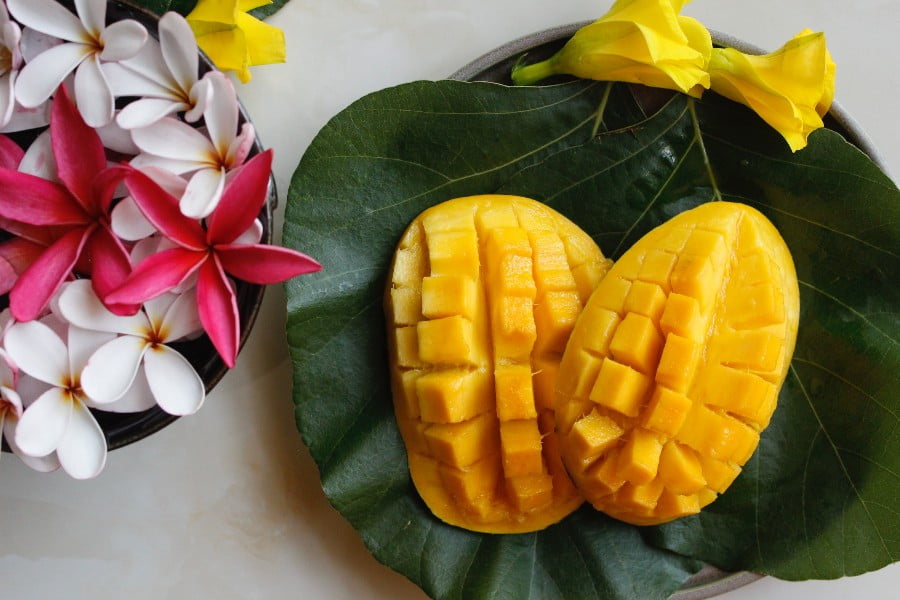
Hwen T’ Sang, a Chinese traveler who arrived in India in the seventh century A.D., discovered the mango fruit to be particularly delectable. He brought that fruit back to his nation since he loved it so much. Mango fruit was consequently introduced into China as a result.
]These facts show how mango is nothing short of a delicacy, which has inspired art over the centuries, helped heal many health issues and continues to amaze people even now.
Read also – 20 Fascinating Facts about Kangaroo